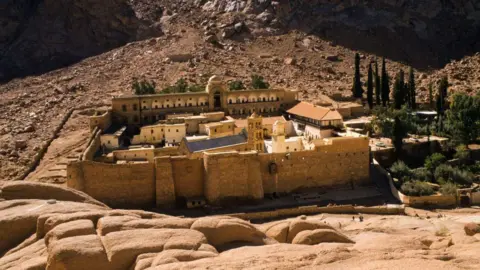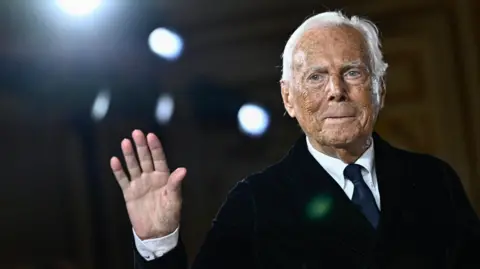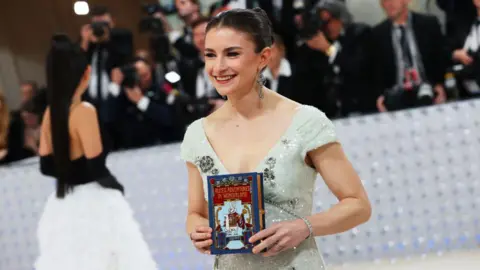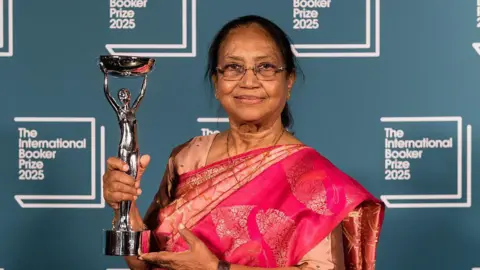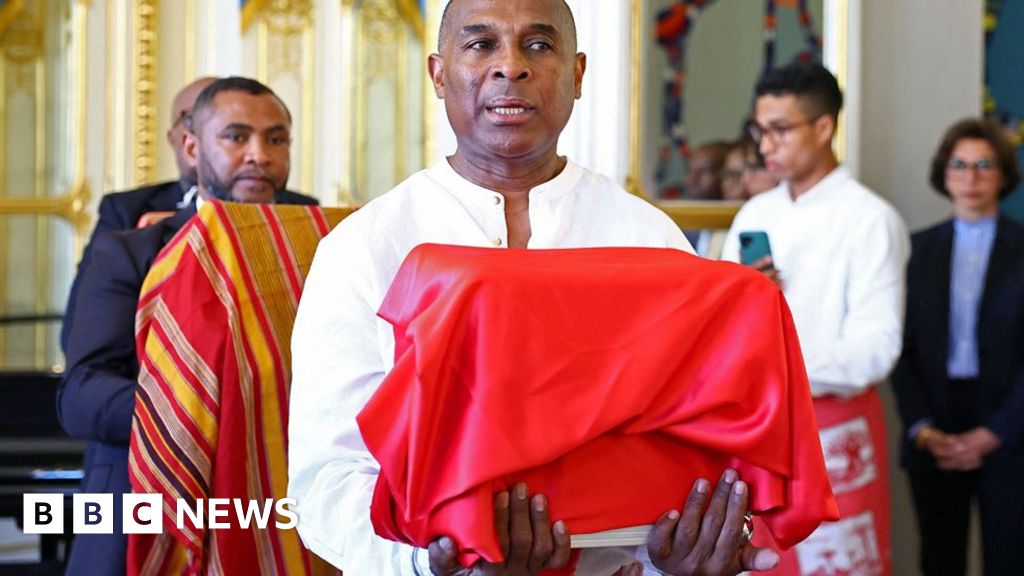In recent months, a renewed focus on India’s textile heritage has emerged, bringing forward the stories of skilled artisans and the socio-cultural significance of their crafts. An exhibition titled "Gamchha: From the Ordinary to the Extraordinary," held in New Delhi, captivated audiences by showcasing over 250 varieties of the gamchha—a traditional red-and-white chequered scarf commonly used by the working class. This exhibition is a testament to a growing trend of redefining the narrative surrounding Indian textiles, especially those that have historically been overlooked.
Pioneered by Jaya Jaitly, founder of the Dastkari Haat Samiti, the exhibition aims to elevate the gamchha from a mere utilitarian item to an artifact of social equality and cultural pride. "The garment can evoke a sense of connection to a shared heritage that has long been forgotten," Jaitly remarked. The effort is part of a broader movement to acknowledge the contributions of local artisans in the broader narrative of Indian textiles, which have often been overshadowed by more glamorous designs and urban fashions.
The growth of technology and social media platforms, according to Ritu Sethi of India's Crafts Revival Trust, is aiding this shift towards a more inclusive textile ecosystem. Local craftspeople are gaining visibility like never before, breaking the anonymity that has traditionally cloaked the artisans behind these works. This shift not only changes how textiles are perceived within the community but also ensures that the next generation grows up with an enriched understanding of India’s deep-rooted textile traditions.
Similar initiatives, like "Textiles of Bengal: A Shared Legacy," seek to document and honor the weaving techniques that have culturally bonded communities on both sides of the India-Bangladesh border. Exhibitions also delve into previously untold stories, spanning centuries, which challenge existing notions of caste and social hierarchy associated with textile production—from ancient Jamdani sarees to Indo-Portuguese embroideries.
In Karnataka, exhibits such as "Pampa: Textiles of Karnataka" showcased the diverse textiles of local communities, including the intricate works of the Lambani tribe and Kaudi quilts from another African descent community. These exhibitions aim to represent the narratives of marginalized communities whose craftsmanship is significant yet often ignored.
Meanwhile, contemporary art is increasingly blending with traditional textiles, as seen in the "Surface: An Exhibition of Indian Embroideries." The show broke boundaries by presenting textiles as mediums for artistic expression—a clear indication that traditional art forms are evolving within contemporary contexts.
The progress made through these exhibitions not only educates audiences about India's textile legacy but also aims to inspire modern designers with historical references. As Lekha Poddar, co-founder of Devi Art Foundation puts it, “How will young designers find inspiration for their work if they are not aware of their own histories?”
Overall, the narrative shift occurring in India’s textile presentations shows a conscious effort to reclaim hidden stories and elevate the social standing of its artisans. As these initiatives continue to evolve, they hold the potential to reshape not only the fashion industry but also the cultural landscape in which textiles play an integral role.
Pioneered by Jaya Jaitly, founder of the Dastkari Haat Samiti, the exhibition aims to elevate the gamchha from a mere utilitarian item to an artifact of social equality and cultural pride. "The garment can evoke a sense of connection to a shared heritage that has long been forgotten," Jaitly remarked. The effort is part of a broader movement to acknowledge the contributions of local artisans in the broader narrative of Indian textiles, which have often been overshadowed by more glamorous designs and urban fashions.
The growth of technology and social media platforms, according to Ritu Sethi of India's Crafts Revival Trust, is aiding this shift towards a more inclusive textile ecosystem. Local craftspeople are gaining visibility like never before, breaking the anonymity that has traditionally cloaked the artisans behind these works. This shift not only changes how textiles are perceived within the community but also ensures that the next generation grows up with an enriched understanding of India’s deep-rooted textile traditions.
Similar initiatives, like "Textiles of Bengal: A Shared Legacy," seek to document and honor the weaving techniques that have culturally bonded communities on both sides of the India-Bangladesh border. Exhibitions also delve into previously untold stories, spanning centuries, which challenge existing notions of caste and social hierarchy associated with textile production—from ancient Jamdani sarees to Indo-Portuguese embroideries.
In Karnataka, exhibits such as "Pampa: Textiles of Karnataka" showcased the diverse textiles of local communities, including the intricate works of the Lambani tribe and Kaudi quilts from another African descent community. These exhibitions aim to represent the narratives of marginalized communities whose craftsmanship is significant yet often ignored.
Meanwhile, contemporary art is increasingly blending with traditional textiles, as seen in the "Surface: An Exhibition of Indian Embroideries." The show broke boundaries by presenting textiles as mediums for artistic expression—a clear indication that traditional art forms are evolving within contemporary contexts.
The progress made through these exhibitions not only educates audiences about India's textile legacy but also aims to inspire modern designers with historical references. As Lekha Poddar, co-founder of Devi Art Foundation puts it, “How will young designers find inspiration for their work if they are not aware of their own histories?”
Overall, the narrative shift occurring in India’s textile presentations shows a conscious effort to reclaim hidden stories and elevate the social standing of its artisans. As these initiatives continue to evolve, they hold the potential to reshape not only the fashion industry but also the cultural landscape in which textiles play an integral role.





